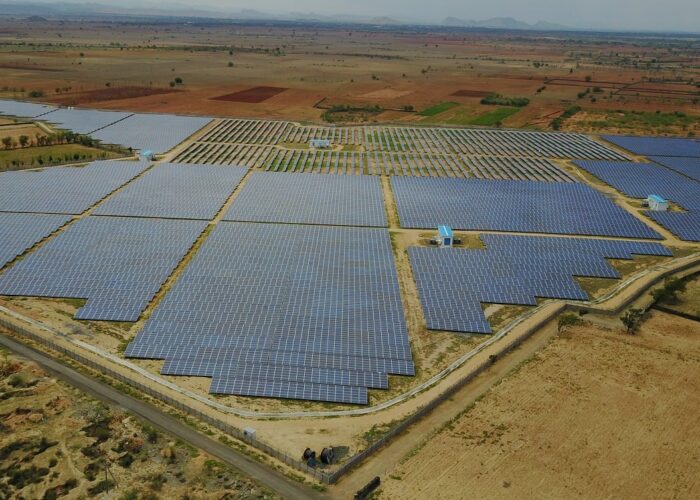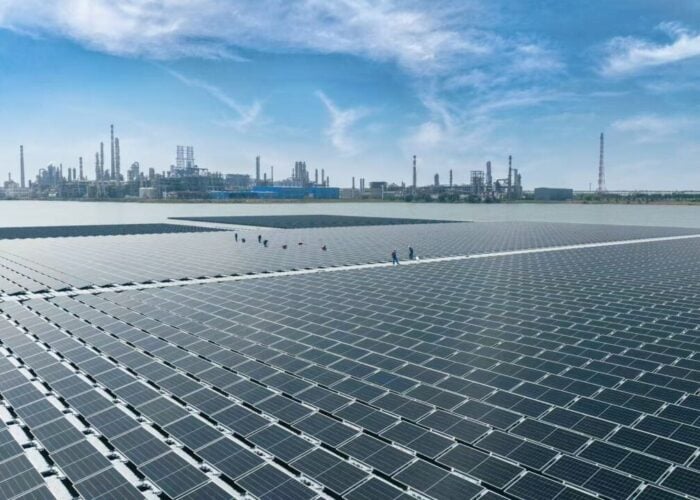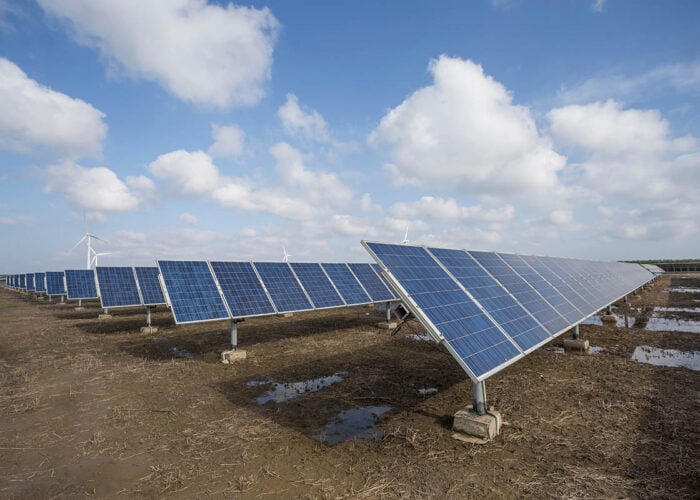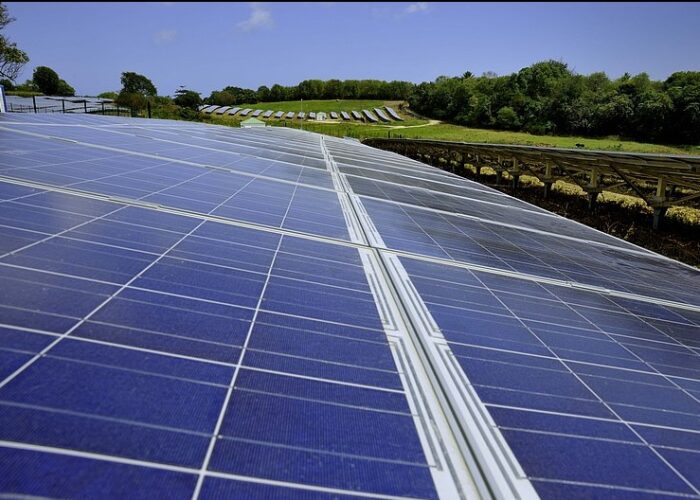The performance of a number of large PV installations in the US dipped over the summer following a series of weather anomalies, prompting calls for greater awareness of climatic risk in project financing.
A solar performance map of the US for June to August published by forecasting body 3TIER showed that solar irradiance in certain regions varied from its long-term norm, in correlation with a series of unusual weather events.
Unlock unlimited access for 12 whole months of distinctive global analysis
Photovoltaics International is now included.
- Regular insight and analysis of the industry’s biggest developments
- In-depth interviews with the industry’s leading figures
- Unlimited digital access to the PV Tech Power journal catalogue
- Unlimited digital access to the Photovoltaics International journal catalogue
- Access to more than 1,000 technical papers
- Discounts on Solar Media’s portfolio of events, in-person and virtual
“Areas of the country typically associated with summer sunshine had below normal irradiance, while the Pacific Northwest, often stereotyped as cloudy and rainy, had one of the clearest summers on record,” said Dr Mark Stoelinga, senior scientist at 3TIER. “This underlines the fact that solar project underperformance is a risk – even for sites in sunny, desert regions during peak production months.”
Among its findings, the map revealed that insolation in July was lower than normal, particularly in the desert areas of the south-west US. This was a result of a particularly hot June, which contributed to a strong North American Monsoon and unusually high rainfall for the time of year.
This pattern persisted in August, with the bush fires in California over the summer also contributing to lower-than-normal irradiation in that area.
3TIER said solar irradiance variances caused by weather anomalies significantly affect solar project profitability.
Solar resource assessments are undertaken before the development of all utility scale projects, including a long-term evaluation of inter-annual variability.
But 3TIER said solar plants already in operation also needed to take account of above or below normal production to reconcile performance and make numerous decisions about the project’s functionality.
“The massive installations now online in the south-western US as well as the tight cluster of projects along the north-east, definitely saw reduced production this summer. And for some of them, it was only their first year of operation, which makes it particularly important to understand why output was lower than expected,” said Gwendalyn Bender, energy assessment product manager at 3TIER.
“Since the equipment is still under its first year manufacturer’s warranty, determining whether underperformance was caused by weather or by panels and inverters is critical.”






